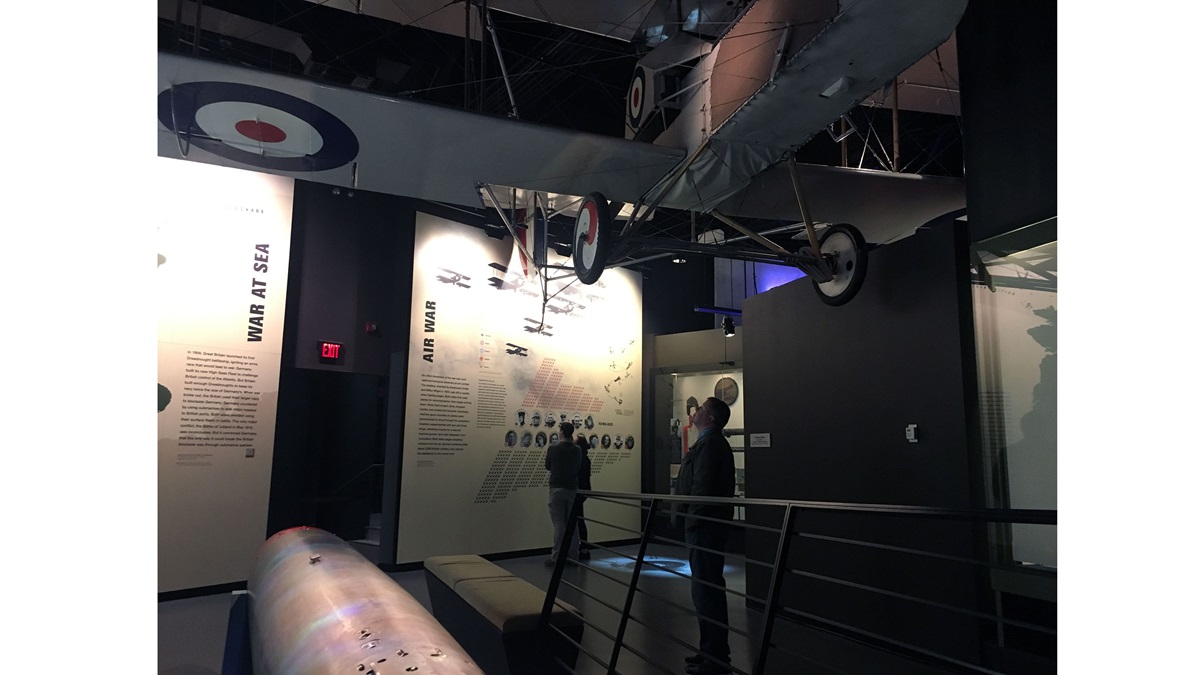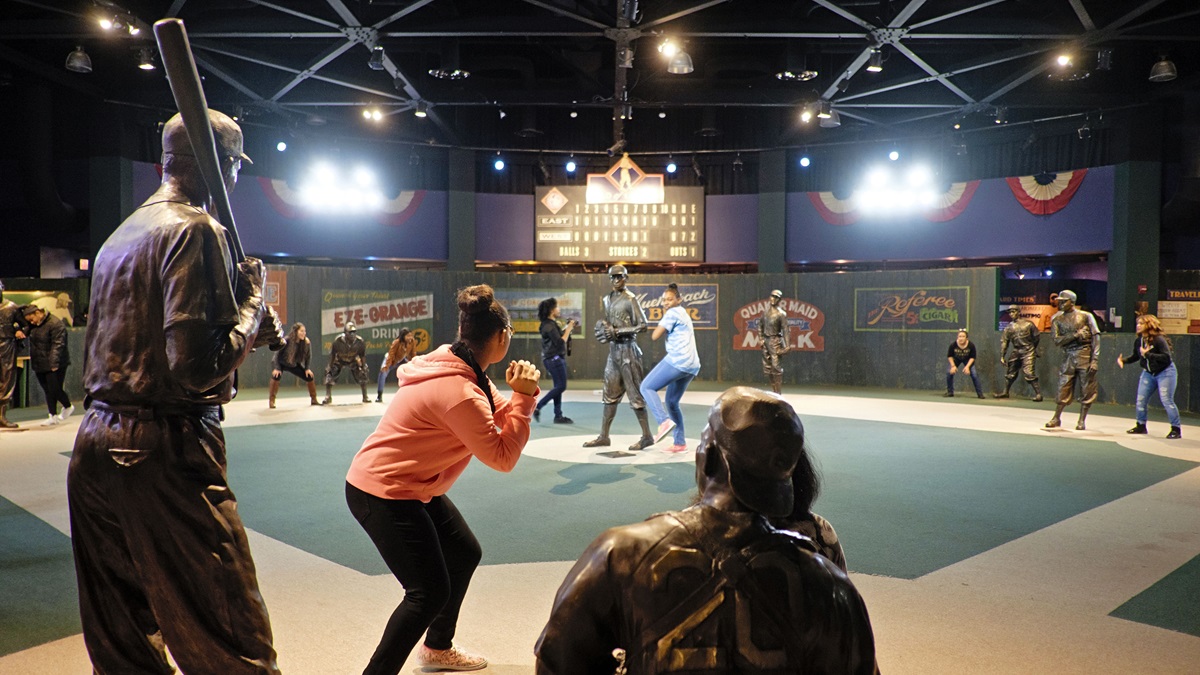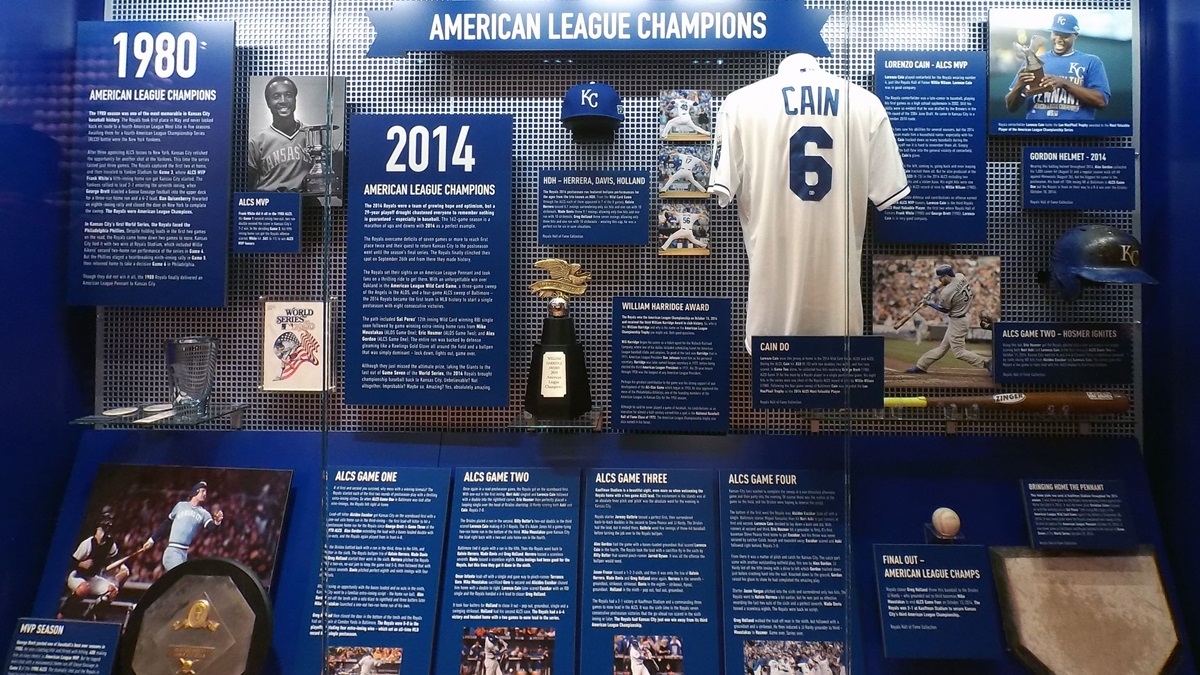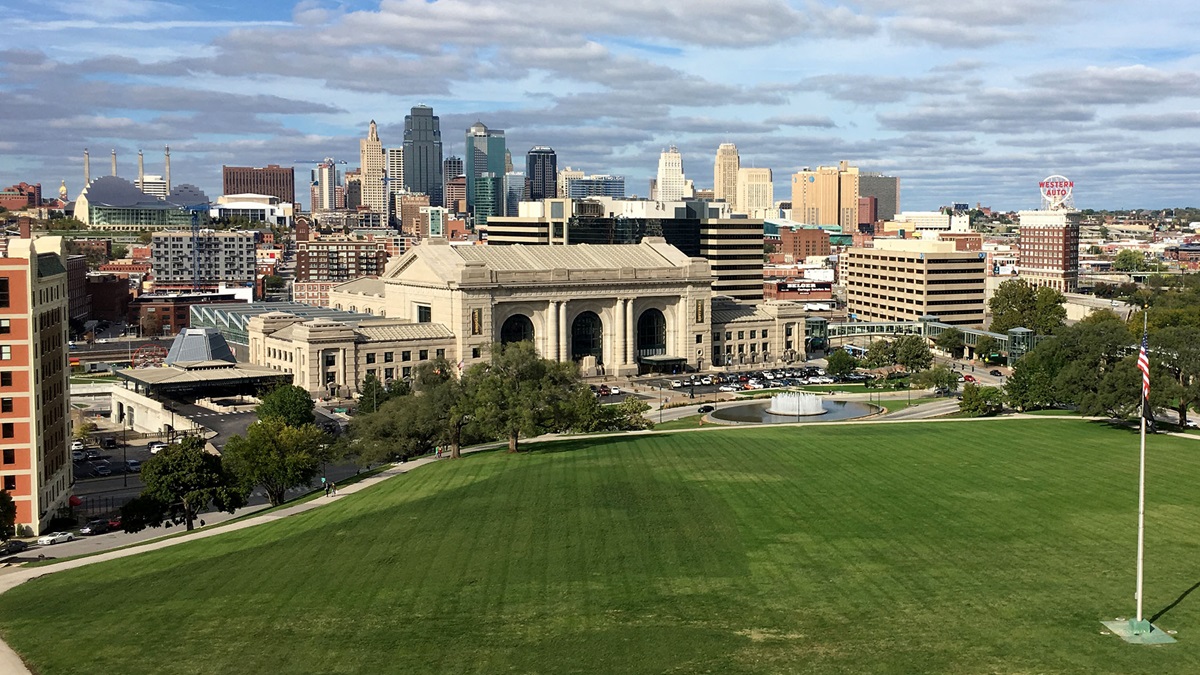Barbecue, baseball, and beyond
Kansas City, Missouri
The City of Fountains should be in your lineup of destinations this season for its low and slow ’que-sine, beautiful ballpark, and collection of national-level attractions.
The bats start swinging at Kauffman Stadium on March 28, and the return of Kansas City Royals baseball means more frequent trips to Kansas City, Missouri, for me and my baseball-loving husband. He’s been to a game in every current Major League Baseball city, yet the Kansas City ballpark remains his favorite.
My favorite feature at The K is the massive fountains beyond the outfield fence. They feature shooting water and cascading waterfalls and are even more beautiful when illuminated at night. Most first-time visitors to Kansas City don’t realize the city is home to more than 200 fountains—second only to Rome—giving it the nickname City of Fountains.

If you plan a trip during baseball season, March 28 through Sept. 29 this year, you’ll want to stay a few extra days to sample the city’s signature barbecue and other local eats, visit attractions that you can’t find anywhere else—many with a national scope—and check out a few of the other fountains around this city with a metro population of 2.1 million people.
Fly into Charles B. Wheeler Downtown Airport, the city’s first airport and still one of its busiest. Don’t miss the two small but unique museums at the airport. The TWA Museum is inside the Signature Flight Support building, which was TWA’s original headquarters when it relocated to Kansas City in 1931. It focuses on the history and importance of the role TWA played in pioneering commercial aviation and has artifacts primarily donated from former employees, including cutaway models, uniforms, and cockpit simulator panels.
The Airline History Museum is in the historic Hangar 9, also a former TWA building. The highlight of the museum's collection of early commercial air transportation artifacts is its aircraft in varying stages of restoration, including a Lockheed Super G Constellation, Martin 404, Douglas DC–3, and Lockheed L–1011 TriStar. Call before you go as their posted hours are not always followed.
A great base for a stay in Kansas City is the Crossroads Arts District, just three miles south of the downtown airport. For a historic tie to aviation, choose the 131-room upscale Crossroads Hotel that opened in 2018 in repurposed early-twentieth-century buildings. The main four-story building was originally a distribution center for the Pabst Brewing Co., and legend has it that political boss Tom Pendergast had an office next door and bootlegged liquor through the buildings during Prohibition. Pendergast and his concrete company also were key players in the 1927 construction of what would eventually be named the Charles B. Wheeler Downtown Airport.

Staying here puts you close to more than 400 local artists and 100 independent galleries (don’t miss the First Friday art crawl if your visit coincides), restaurants from casual food halls to celebrity chef-led fine dining, craft breweries, microdistilleries, and nightlife ranging from barcades to jazz clubs.
Two of my favorite barbecue options—there are more than 100 smokin’ restaurants in the greater Kansas City area—are nearby, too. For a more upscale option, head to Fiorella’s Jack Stack Barbecue and try the crown prime beef rib. Another good choice is the original location of Joe’s Kansas City Bar-B-Que, which shares space and ambiance with a gas station. If you want to sample several places in one outing and hear the history of Kansas City’s ‘que scene, check out KC Barbecue Tours. VisitKC has created an app to help you find the 100-plus regional restaurants or guide you on a themed trail.
From Crossroads, you’re also less than a mile from the Kauffman Center for the Performing Arts, with stunning design inside and out. It is home to the Kansas City Ballet, Kansas City Symphony, and Lyric Opera of Kansas City, as well as a host of touring productions.

You’ll have no trouble filling your time away from the ballpark exploring the museums in Kansas City. Among my favorites are those truly unique to the city.
The National WWI Museum and Memorial is the only U.S. museum dedicated to preserving the objects of World War I and honoring the memory and sacrifices of all who served. Take an elevator and then climb 45 stairs to an open-air observation deck at the top of the 217-foot Liberty Memorial Tower, built in 1926, for a stunning view of the Kansas City skyline. The museum’s permanent gallery is underneath the Liberty Memorial courtyard and takes you through a comprehensive history of the First World War, including several areas with aircraft reproductions, artifacts, and displays highlighting the role aviation played in the war.
The intersection of 18th and Vine is considered one of the most important locations in jazz history, and the American Jazz Museum shares that story through interactive exhibits, a 500-seat performing arts theater, and the Blue Room, a working jazz club. Next door, the one-of-a-kind Negro Leagues Baseball Museum is two blocks from the YMCA where the once-forgotten league was founded 99 years ago to give players like Satchel Paige and Josh Gibson a playing field and sparked social change in the United States.

About 500,000 visit the free Nelson-Atkins Museum of Art each year, where the collection of more than 35,000 works of art ranges from four nearly 18-foot-tall badminton birdies placed throughout the museum lawn to a 7,000-piece Chinese art collection recognized as one of the finest in the world. At just $5 per person (free for ages 4 and under), the National Museum of Toys and Miniatures, located on the campus of the University of Missouri-Kansas City, has 21,000 miniatures—the world’s largest fine-scale miniature collection—and 55,000 antique toys, one of the nation’s largest toy collections on public display.
I’m still finding unexplored attractions, new restaurants, and unfamiliar neighborhoods each time I visit Kansas City. It’s a good thing the Royals have 80 home games this season.














